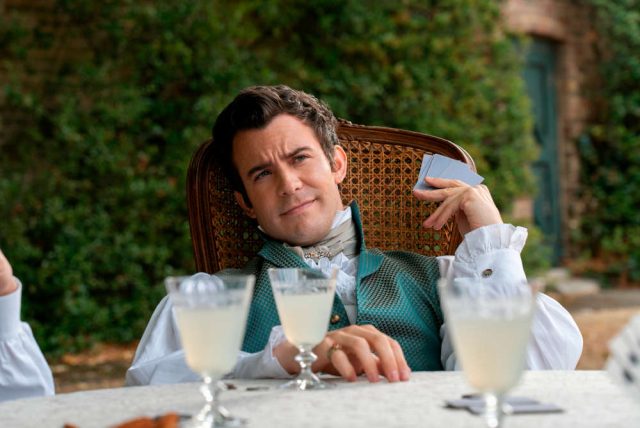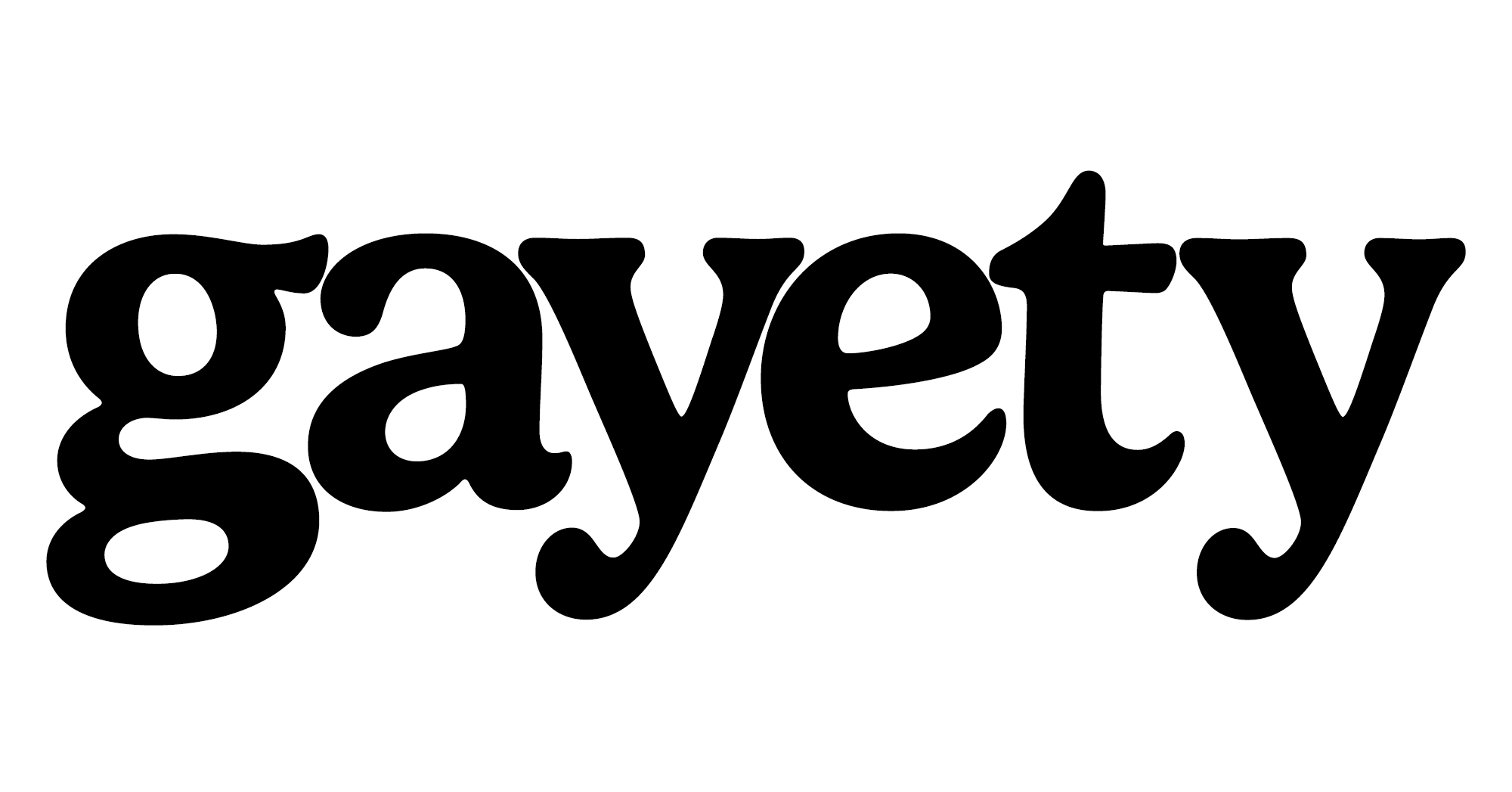“A gay lead on Bridgerton sounds like a good idea to me,” Quinn previously told Cosmopolitan Spain.
Netflix’s popular Regency Era series about a large family in England, a powerhouse Queen, and an anonymous gossip writer is returning for a third season later this year. We are eager to see how the relationship between Penelope Featherington (Nicola Coughlan) and Colin Bridgerton (Luke Newton), the leads of the next chapter, will play out in part two.
Speaking of eager anticipation, we’re eagerly hoping Bridgerton will add some queer storylines to the series. And we have a pretty good idea which character might be involved!
Related | Meet the LGBTQ+ Couple Getting a ‘Bridgerton’ Wedding
THE POSSIBILITY OF A QUEER CHARACTER IN S3

Before the first season aired, a trailer teased a gay sex scene between two characters, but the storyline got sidelined. While the show has avoided featuring a lead LGBTQIA+ character, many believe that Benedict Bridgerton, played by Luke Thompson, might be queer.
Speculation started in the first season when Benedict developed a close friendship with Sir Henry Granville, the only confirmed gay character on the show. Their electric chemistry had fans hoping for more. But in 2022, former showrunner Chris Van Dusen told TV Line, “The storyline [of him befriending] Henry was really about tolerance in a really intolerant time.” He also crushed fans’ hopes by confirming their relationship was purely platonic.
Despite Van Dusen’s statement, Luke Thompson didn’t rule out Benedict’s queerness. “Benedict has such a lovely openness and fluidity about him generally, and that’s really, really fun to play because it could go anywhere,” he told Entertainment Weekly.
BRIDGERTON AUTHOR SAYS BRING ON THE GAY
Bridgerton author Julia Quinn also said anything is possibly.
“A gay lead on Bridgerton sounds like a good idea to me, because the objective of the saga has always been to show that all people deserve a happy ending,” she said in a recent interview with Cosmopolitan Spain.
“There is a gay character, Henry Granville, but secondary. It would be great if there were a protagonist,” she continued. “One of the things that the series has done remarkably is to perfectly mimic the kind of emotions you feel when you read a romance novel, which is why people read those novels. They make you feel good, and the main reason is that they show a world in which anyone has the right to be happy. Being more inclusive, casting without racial bias, all of that contributes to that feeling.”
Where is Benedict Now?

In season two, we saw him as a struggling artist who has a fling with a model. This leads us to season three (part one, at least). It seems Benedict is momentarily distracted by his casual relationship with Lady Tilley Arnold. But who knows what could happen in part two?
Even if something were to happen, it is unlikely it will be a big part of the plot. Showrunner Jess Browell spoke with Variety about the idea and immediately shut it down for the time being. “Right now, I really am so focused on Pen and Colin and how we’re rolling them out that my head’s really in that in the day to day, but maybe at a later date that’s something we can talk about,” she said.
Fans suspect Benedict will be the next Bridgerton to find love next season, so maybe it is all leading up to something bigger? We will have to wait and see!
Season 3 Part 1 of Bridgerton is streaming now on Netflix.
More Stories:
- Gay Hurdler Seamus Derbyshire Brings Pride and Visibility to World Championships
- Bad Bunny Says ICE Fears Drove His Decision to Skip U.S. Tour Dates
- Pedro Pascal, Bowen Yang, and Colman Domingo Could Make Emmy History
- Gwendoline Christie Spills on ‘Wednesday’ Season 2 Return and Why Her Spirit Guide Is Her ‘Game of Thrones’ Horse Blondie (Exclusive)
- Boy Scouts Take Aim at Queer Scout, Sparking Trademark Fight Over LGBTQ+ Travel Brand


